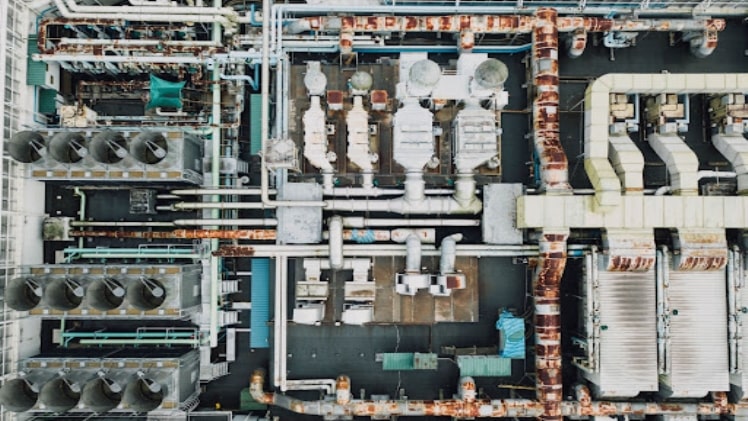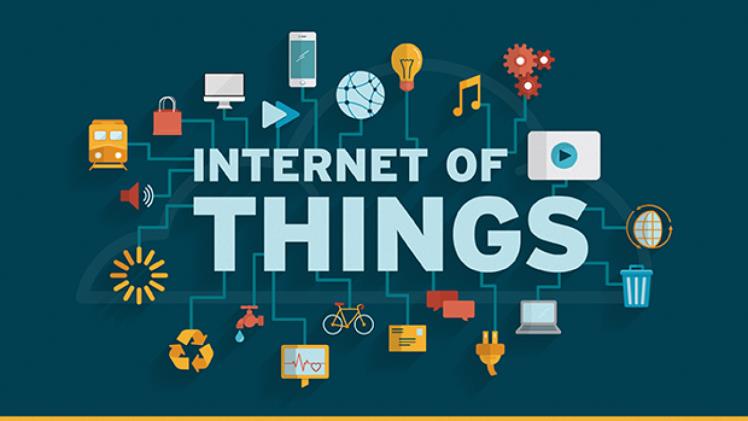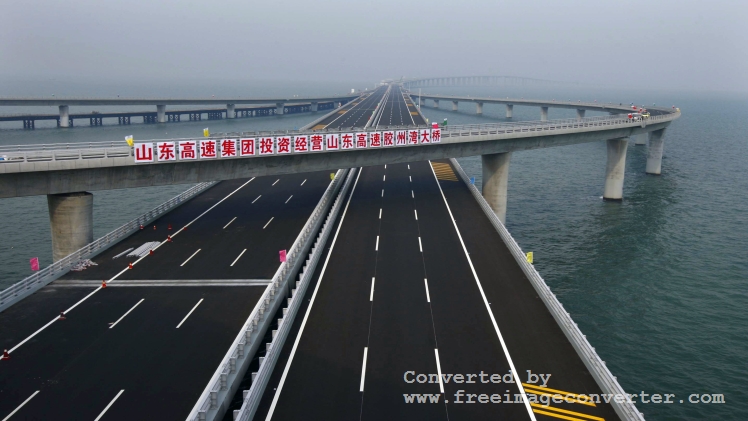To stay competitive in the modern-day, manufacturers need to start implementing automation solutions. Businesses that do not automatize their production lines will soon fall behind and become irrelevant with a growing demand for products.
By using robotics and automation systems, you can greatly cut both production times and production costs while maintaining the high quality of your products.
However, not every type of automation fits every kind of business. When choosing your automation software, you have to consider a few things.
Otherwise, you will end up with a system that either cannot handle your production needs or is way too complex and costly for what you need to achieve.
If you’re scratching your head over this, take a look at this article, and we just might provide a cure for your confusion. Let’s begin!
What Is Industrial Automation?
Industrial automation is the act of automatizing design and manufacturing processes through the use of various hardware and software.
In layman’s terms, what this means is the act of using computers and robots to create an automatic assembly line that will do (almost) all the work for you and minimize human error.
Industrial automation has been around for a long time. Its story begins in earnest with General Motors right after the Second World War and their automated department and automobile assembly lines. Since then, humans have been working hard to improve industrial automation’s efficiency and scope.
So, what is industrial automation like now? Well, according to Fortune’s reports, industrial automation is a business worth $179 billion in 2020, and its projected growth is a steady 9.2% to over $350 billion in 2028.
This growth is only exaggerated by the recent COVID pandemic, as machines reduce human-to-human contact and thus reduce potential outbreaks.
What Are the Benefits of Industrial Automation?
One of the strongest benefits and the strongest arguments for using automated systems is efficiency, especially compared to cost.
Automation increases production efficiency by removing errors, hiccups, delays, and overall by streamlining the process entirely, many times through the use of a corrective action software
However, it is crucial to note automation can be very costly, especially for smaller businesses. For example, outfitting your production facilities can cost you an arm and a leg – however, automation also has a high ROI. Hence, companies often benefit from it in the long run.
Another issue that automation solves is workplace safety. Reducing human interaction with moving heavy machinery dramatically reduces the probability of workplace accidents. Nobody wants to see their employees get hurt on the job, and even less a lawsuit following an injury.
This is very easily reflected in the fact that in 2020 the total stock for multipurpose industrial robots exceeded 3 million, which vouches for their efficiency and safety.

What Are the Types of Industrial Automation?
There are four types of industrial automation, and these will be your main guidelines in selecting your industrial automation software. These are fixed programmable, flexible, and integrated automation.
Fixed automation is the simplest and the most robust kind of automation. This type is the most useful when handling large production quantities of a single product. It is also very easy to set up, where you simply program the system and leave it to do its thing.
However, on the flip side, this kind of automation is highly rigid, and reprogramming the system to do something else is both time-consuming and requires additional tools.
Programmable automation expands upon fixed automation. As its name says, this system allows you to change your production line. This kind of automation is very well suited for manufacturing large batches of products. Changing production parameters between batches is important, for example, in the automotive industry.
On the flip side, while this type of system allows for more flexibility, tuning it to a different type of product altogether requires quite a bit of effort and skilled technicians.
Flexible automation is a further upgrade of programmable automation. This type of automation allows for rapid changes to the system. It is best suited for products with many different design elements and for low to medium volume manufacturing of batches of product.
Lastly, there is integrated automation. This is the most complex, comprehensive, and costliest type of automation. These systems incorporate the entire lifecycle, from resource allocation to production, assembly, and transportation. And the best part? All this can be adjusted from one central control panel.
Of course, this type of automation has one downside – cost. Installing such an all-encompassing system means you have to buy all the tools and pay for skilled technical help in setting up the whole system.
This will, doubtless, set you back thousands and thousands of dollars, if not millions, and this kind of automation is only available to large companies with the highest-tech factories.
What Are the Components of Industrial Automation?
To achieve your goal of automation, you will need many both hardware and software components. You will need a wide variety of sensors and actuators (robots, cranes, vehicles, etc.) as well as software to run it all.
That being said, the first thing you’ll need to set up is a control network for all your automation needs. A control network will comprise several systems and programs that will help you track all the feedback from the sensors, organize and analyze that data, input commands, and help formulate the manufacturing process.
One of the most important systems in your control network will be SCADA. SCADA (Supervisory Control and Data Acquisition) is a system that receives, sorts, and analyzes data collected by sensors in real-time and helps you make adjustments to your manufacturing process as needed.
Closely tied to SCADA, you will need PLCs (Programmable Logic Controller) and PACs (Programmable Automation Controllers). These two systems work closely with SCADA and sensors to control the automation process and trigger specific events as needed down the production line.
To monitor the overall condition of your production line, an automated factory needs a Distributed Control System (DCS). This system is the central monitoring hub for your system, and it will allow you control of individual cogs in your machine.
You might employ an Artificial Neural Network (ANN) for more advanced factories with more complex systems. ANN is, basically, a massively sophisticated system that connects all the machines on your network into a singular entity closely mimicking a human brain. ANN gives your automation process the ability of deep learning and pattern recognition and is the next step to actual AI-controlled automated facilities.
Finally, your Human Machine Interface (HMI) will be an essential component of all. Without this interface, you will be able to receive and analyze data, but you will not be able to communicate with your machines and issue commands. HMI comprises numerous control panels, screens, touchpads, buttons, etc.

Conclusion
And with that, we shall close out this little article. As we said in the beginning, automation is the future of manufacturing, and any company wanting to stay competitive in the market needs to consider investing in an automated system/facility seriously.
Of course, there are many steps toward making this a reality, but here we provided a few considerations on your way to create the most optimized production line possible. I hope it helps, and happy enterprising!
Author bio
Rick Seidl is a digital marketing specialist with a bachelor’s degree in Digital Media and
Communications, based in Portland, Oregon. With a burning passion for digital marketing, social media, small business development, and establishing its presence in a digital world, he is currently quenching his thirst through writing about digital marketing and business strategies for Find Digital Agency.





